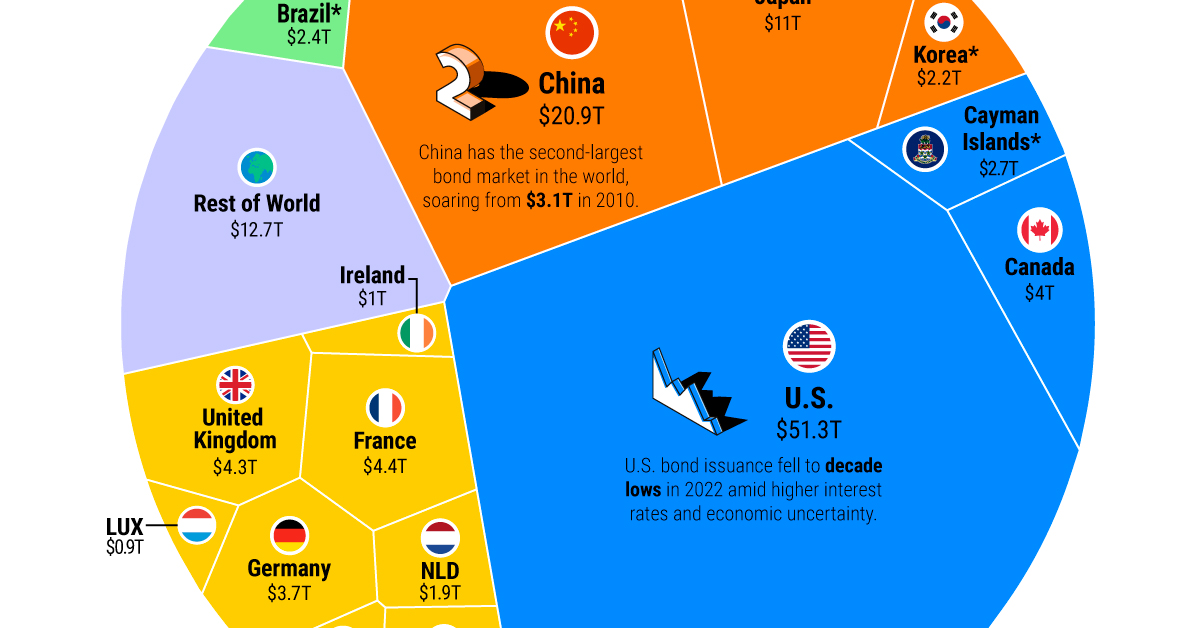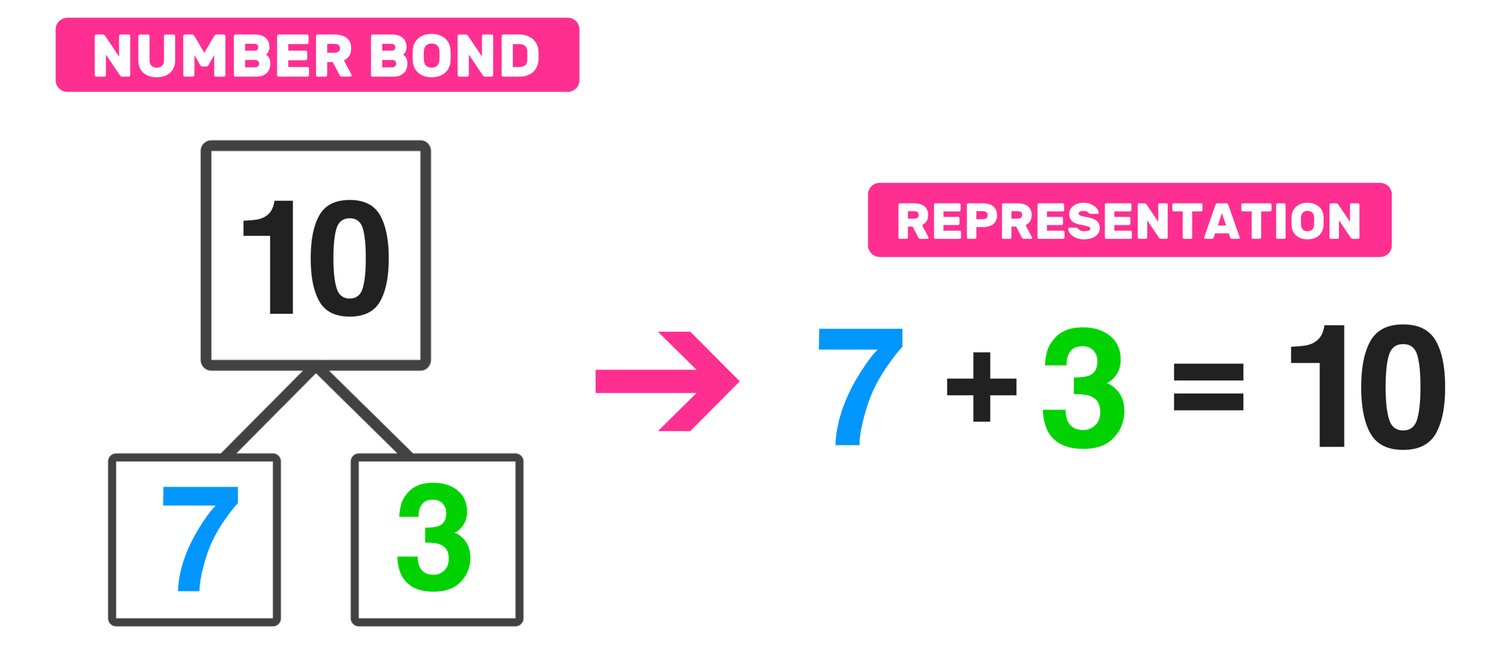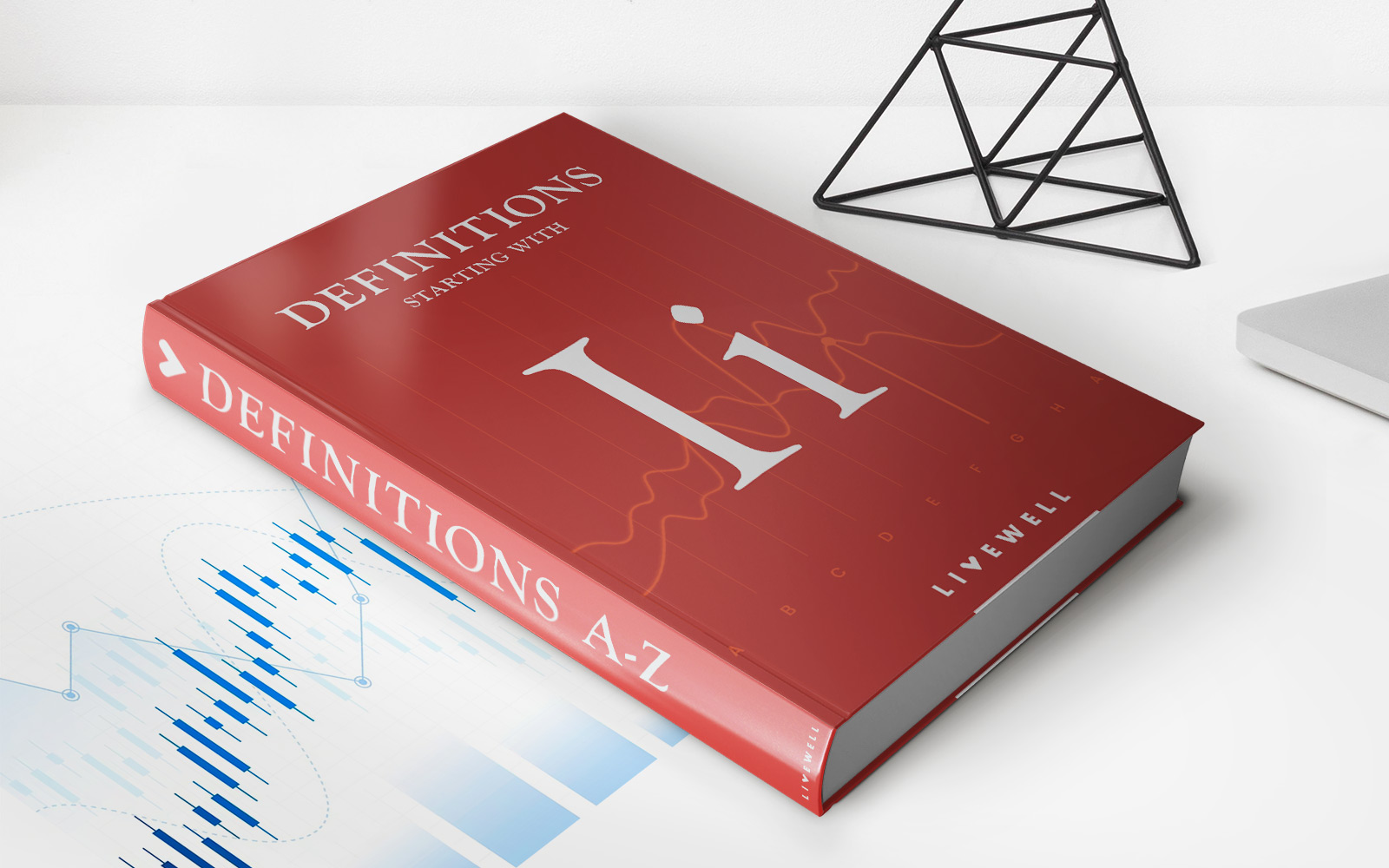

Finance
What Is YTW For Bonds
Published: October 14, 2023
Discover the concept of Yield to Worst (YTW) for bonds in the world of finance. Learn how it affects your investment decisions and maximizes your returns.
(Many of the links in this article redirect to a specific reviewed product. Your purchase of these products through affiliate links helps to generate commission for LiveWell, at no extra cost. Learn more)
Table of Contents
Introduction
When it comes to investing in bonds, understanding the concept of yield to worst (YTW) is crucial for investors. YTW is a measure used to analyze the potential return on a bond, taking into account the different scenarios that could occur over the bond’s lifetime. It helps investors assess the worst possible outcome in terms of yield, providing a more realistic perspective on the bond’s performance.
YTW is especially important for investors who want to ensure they are making informed decisions while considering all potential risks and rewards. It allows investors to evaluate the impact of factors such as call provisions, market conditions, and changes in interest rates on the bond’s yield.
For those seeking a better understanding of YTW and its implications, this article will delve into its definition, calculation, importance, limitations, and provide examples that showcase its practical application.
By the end of this article, you’ll have a comprehensive knowledge of YTW, enabling you to make more informed decisions when investing in bonds.
Definition of YTW
Yield to worst (YTW) is a measure used to determine the potential yield an investor can expect to earn on a bond, taking into account the worst-case scenario. It considers the various factors that could impact a bond’s yield, such as call provisions, early redemption, and changes in market conditions.
YTW provides investors with an estimate of the lowest possible return they could receive on a bond if specific conditions occur. These conditions often include the issuer exercising a call option to repay the bond before maturity or a decline in market interest rates that would incentivize the issuer to refinance the bond at a lower rate.
It is important to note that YTW does not guarantee the exact yield an investor will receive. Instead, it serves as a guide to help investors understand the potential worst-case scenario and make informed investment decisions.
By considering the worst-case scenario, YTW provides a more conservative estimate of a bond’s potential return. This is particularly relevant for risk-averse investors who prioritize capital preservation and want to evaluate the downside risk associated with a bond investment.
To calculate the YTW accurately, investors must take into account various factors, including the bond’s current market price, its coupon rate, any call provisions, and the remaining time until maturity. This comprehensive approach allows for a more realistic and insightful analysis of a bond’s potential yield considering all possible outcomes.
Calculation of YTW
Calculating the yield to worst (YTW) requires considering different scenarios and potential outcomes for a bond. The YTW calculation accounts for various factors, including call provisions and changes in interest rates. Here is a step-by-step guide on how to calculate YTW:
- Determine the bond’s current market price: The first step is to find the bond’s current market price, which can be obtained from financial websites, brokerage platforms, or bond pricing services.
- Gather information on the bond’s cash flows: This includes the bond’s coupon rate, its time to maturity, and any embedded call options.
- Identify the yield under each scenario: Consider all potential scenarios that could affect the bond’s yield. This involves calculating the yield if the bond is held until maturity, as well as the yield in case of early redemption due to a call provision or a change in market conditions.
- Calculate the present value of each cash flow: Using the identified yields, determine the present value of each cash flow associated with the bond, including the periodic interest payments and the principal repayment at maturity or call date.
- Estimate the worst-case scenario: Compare the present values calculated in the previous step and identify the lowest value. This represents the worst-case scenario for the bond’s yield.
- Compute the YTW: Finally, the YTW is calculated by converting the worst-case scenario present value of cash flows into an annualized yield.
It’s important to note that the YTW calculation can be complex, especially for bonds with intricate cash flow structures or multiple call options. In such cases, it is recommended to use financial software or consult with a financial professional to ensure accurate calculations.
Understanding how to calculate YTW enables investors to evaluate the potential returns and risks associated with a bond investment, providing them with valuable insights for decision-making purposes.
Importance of YTW
Yield to worst (YTW) is a key metric that provides investors with a comprehensive understanding of the potential risks and rewards associated with investing in bonds. Here are several reasons why YTW is important:
- Risk Assessment: YTW helps investors assess the downside risk of a bond investment. By considering the worst-case scenario, YTW offers a more conservative estimate of the potential yield, accounting for factors such as call provisions and changes in market conditions. This enables investors to make more informed decisions and manage their risk exposure effectively.
- Comparative Analysis: YTW allows investors to compare different bonds with varying characteristics. For example, if two bonds have similar yields but different potential worst-case scenarios, YTW can help investors evaluate which bond offers a better risk-reward trade-off.
- Call Provisions Assessment: Many bonds include call provisions that allow the issuer to redeem the bond before maturity. YTW helps investors assess the impact of call options on a bond’s yield. By considering the potential early redemption of the bond, investors can make more informed decisions regarding call risk and potential reinvestment opportunities.
- Interest Rate Sensitivity: YTW takes into account the impact of changes in market interest rates. As interest rates fluctuate, the potential yield of a bond can change. By factoring in interest rate sensitivity, investors can gauge how a bond’s yield may be affected by shifts in the market, and adjust their investment strategy accordingly.
- Investment Decision-Making: YTW plays a vital role in enabling investors to make informed investment decisions. By providing a realistic assessment of potential outcomes, YTW aids investors in determining whether a bond aligns with their risk tolerance, investment goals, and overall portfolio strategy.
Overall, YTW empowers investors with a clearer understanding of the potential downside risks and the overall performance of a bond investment. It helps investors make more informed decisions, manage risk effectively, and optimize their bond portfolios.
Limitations of YTW
While yield to worst (YTW) is a valuable metric for assessing the potential yield and risks associated with a bond investment, it’s important to be aware of its limitations. Here are some key limitations of YTW:
- Assumptions and Predictions: YTW calculations are based on various assumptions and predictions about future events, such as changes in interest rates or the exercise of call provisions. These assumptions may not accurately reflect the future market conditions or the actions of the bond issuer. As a result, the actual yield an investor receives may differ from the YTW estimate.
- Limited Scope: YTW focuses on the worst-case scenario, providing a conservative estimate of potential yield. While this is valuable for risk assessment, it does not take into account optimistic or average-case scenarios. Investors should consider other yield measures, such as yield to maturity (YTM) or yield to call (YTC), to gain a more comprehensive view.
- Complexity of Calculations: Calculating YTW can be complex, especially for bonds with intricate cash flow structures or multiple call options. Different assumptions and methodologies used by investors or financial institutions can lead to variations in YTW calculations. It’s important to ensure the accuracy and consistency of assumptions and inputs when calculating YTW.
- Dynamic Market Conditions: YTW calculations are based on current market conditions and assumptions about future events. However, market conditions can change rapidly, and these changes may have an impact on a bond’s yield. YTW may not fully capture the potential impact of unexpected events or unforeseen changes in the bond market.
- Issuer Credit Risk: YTW focuses on the bond’s yield and potential risks, but it does not consider the creditworthiness of the bond issuer. It is important for investors to assess the credit risk associated with the bond issuer separately to evaluate the overall risk profile of the investment.
Despite these limitations, YTW remains a valuable tool for investors, providing a conservative estimate of potential yield and helping to manage risk. It should be used in conjunction with other measures and factors, such as credit risk assessment and market outlook, to make well-informed investment decisions.
Examples of YTW for Bonds
Examining examples of how yield to worst (YTW) is utilized to assess bond investments can help illustrate its practical application. Here are two scenarios:
- Scenario 1: Callable Bond: Consider an investor evaluating a callable bond with a coupon rate of 5% and a maturity of 10 years. The bond contains a call provision that allows the issuer to call the bond after 5 years. Currently, the bond is priced at par value, indicating that its yield to maturity (YTM) is equal to its coupon rate. However, when factoring in the possibility of early redemption, the YTW calculation reveals that if the bond is called after 5 years, the investor’s effective yield drops to 3%. Therefore, the YTW for this callable bond is 3%, reflecting the potential worst-case scenario if the issuer decides to call the bond prematurely.
- Scenario 2: Bond in a Falling Interest Rate Environment: Now consider a bond with a coupon rate of 4% and a maturity of 15 years. The current market interest rates have been declining, and investors expect further rate cuts. The bond’s current yield to maturity (YTM) is 4.5%, but when calculating the YTW by assuming an additional 1% decline in interest rates, the YTW increases to 5.5%. This reflects the potential worst-case scenario for the bond’s yield if interest rates continue to decrease. In this example, the YTW allows the investor to evaluate the potential impact of falling interest rates on the bond’s yield and make an informed investment decision.
These examples demonstrate how YTW provides investors with a more comprehensive understanding of the potential risks and rewards associated with bond investments. By considering various scenarios, including call provisions, market conditions, and interest rate changes, YTW enables investors to assess the worst-case scenario and make informed decisions based on a more accurate portrayal of the bond’s potential performance.
Conclusion
Understanding yield to worst (YTW) is essential for investors looking to make informed decisions when investing in bonds. YTW provides a comprehensive assessment of a bond’s potential yield, considering various scenarios, including call provisions, market conditions, and changes in interest rates.
By calculating YTW, investors gain valuable insights into the potential downside risks and rewards associated with a bond investment. It enables them to assess the worst-case scenario and make more informed decisions by taking a conservative approach to yield estimation.
YTW offers several advantages, including risk assessment, comparative analysis, call provision evaluation, interest rate sensitivity analysis, and aiding investment decision-making. It allows investors to evaluate the potential impact of different factors and scenarios on a bond’s yield, helping them manage risk effectively and optimize their bond portfolios.
However, it’s important to recognize the limitations of YTW. It relies on assumptions, predictions, and calculations that may not fully capture dynamic market conditions or the credit risk of the bond issuer. Investors should supplement YTW analysis with other measures and considerations to obtain a more comprehensive view.
In conclusion, YTW serves as a valuable tool for investors in assessing bond investments. By understanding YTW and its implications, investors can make more informed decisions, manage risk effectively, and optimize their bond portfolios based on a more accurate assessment of potential yield and downside risks.














